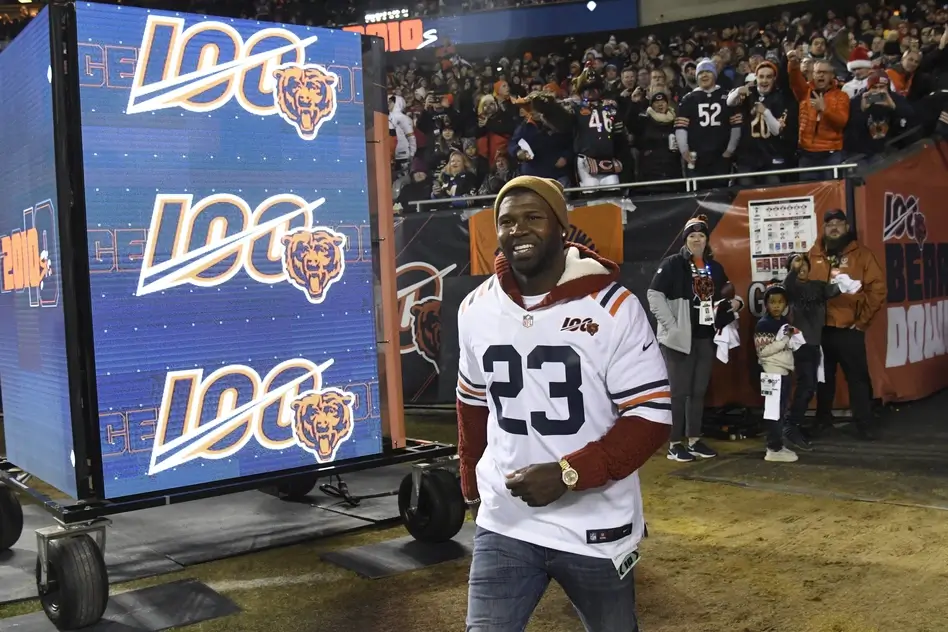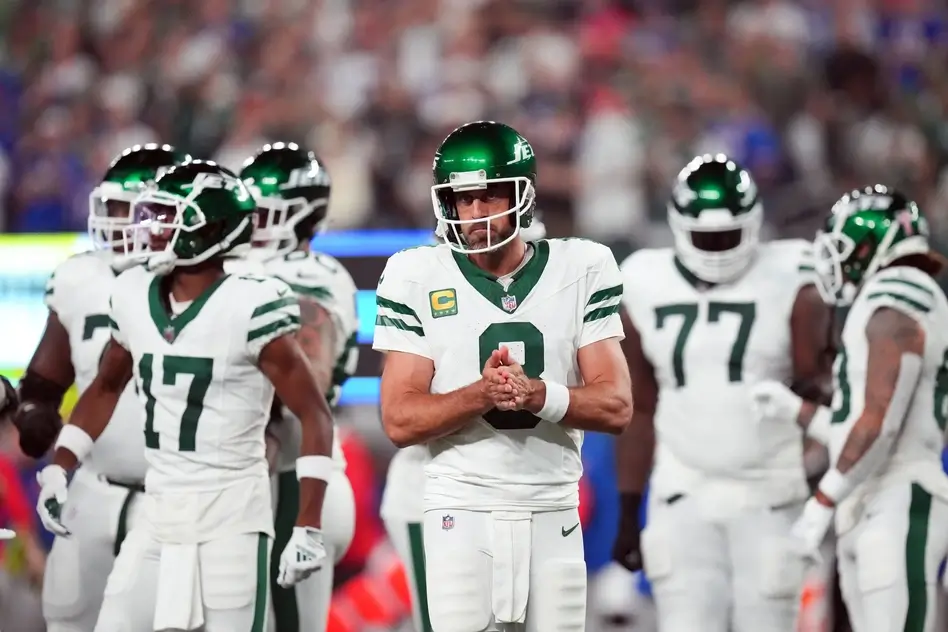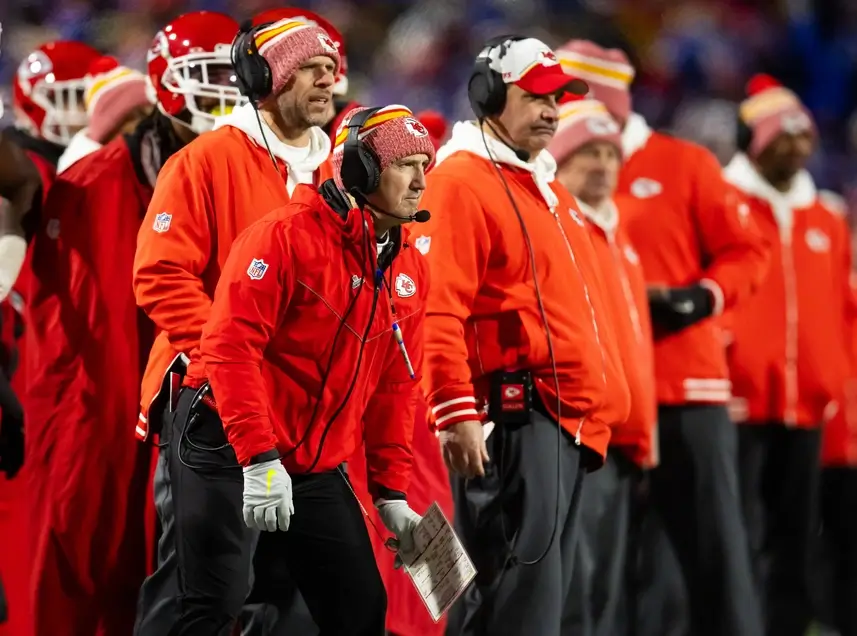As much as people love football, fans who have never played the game before often need NFL plays explained.
Football play names can almost sound like gibberish and basic football plays are accompanied by confusing jargon that average fans don’t understand. Teams running plays in football or even lining up is far more complex than most fans recognize, so most fans need NFL formations explained as well.
NFL plays explained
If you’ve ever needed NFL plays explained to you, here are some answers to common questions that should give you a better understanding of what’s going on during games.
What do NFL plays mean?
Whether it’s a throw-away play at the end of the game or one of the most famous football plays in NFL history, every play in the NFL begins calling a play in a special language. NFL plays are essentially coded in a way to describe what each player should do. Each player on the field should have memorized the team’s playbook and the terminology so that they know what their job is to do on the play that’s been called.
For the offense, NFL plays involve how the team should lineup, what players might go in motion, how the offensive linemen will block based on it being a running play or a passing play, and what routes the skill players should run or if they will be asked to block. The quarterback also has progressions to go through in order to understand how the defense is lining up and the best place to throw the ball.
On defense, a play call will include the formation, coverages, and pressure packages. The formation is usually based on the personnel on the field and how many defensive linemen are lined up at the line of scrimmage. The coverage will typically be either man-to-man or zone, although sometimes it can be a combination of the two. The pressure package refers to what players will blitz in an effort to sack the quarterback or stop a running play as quickly as possible.
How do you read football plays?
Even for fans that understand formations and terminology, it’s not always easy to read football plays. After all, there are 22 players on the field at all times, and all 22 are likely to have a different assignment or job to make that play successful for their team. However, there are various clues that can help anyone watching to read a play as it unfolds.
One of the first clues is how the offensive linemen react after the snap. If they move to a standing position and step back a little, it’s likely a passing play. But if the offensive linemen put their heads down and act in an aggressive fashion, it is likely a running play and they are trying to push the defensive line back.
From there, NFL plays have countless variables that can dictate how the play unfolds. But the first step of the offensive linemen can be a strong indicator of whether it’ll be a pass or a run.
How do quarterbacks know which play to call?
Most of the time, NFL quarterbacks aren’t the ones calling the plays. Typically, the head coach or the offensive coordinator will decide what play to run.
That play will then be relayed to the quarterback through the earpiece in his helmet. The quarterback will then verbally share the play with the 10 other players on the field in the huddle or with hand motions.
However, there are times when a quarterback will be the one deciding what play to call. This is more common late in games when the offense is in hurry-up mode and there isn’t a lot of time to relay play calls from the coaches to the players. Also, more experienced quarterbacks usually have the freedom to call an audible at the line of scrimmage.
This happens when they look at how the defense is set up and decide the play that’s been called may not work. The quarterback then uses a coded message or hand signals to let the rest of the offense know that he’s changing the play to something else.
How do players memorize plays in the NFL?
The act of memorizing every play in a team’s playbook can be a daunting challenge for some NFL players. This is a great example of the mental aspect of the game that fans don’t always get to see. But with a lot of studying off the field and repetitions during practice, players are able to memorize play calls.
The trick is to remember that there are several aspects to play calls and not all of them apply to every player. This allows players to only memorize the parts of the play that apply to them.
Granted, every player should be aware of the formation. But offensive linemen don’t need to memorize the motion part of the play call or the route combination. Likewise, running backs and receivers don’t need to memorize the protection part of the play call. Of course, quarterbacks aren’t so lucky, as they need to memorize every part of the play and understand every player’s role in the play, not just their own.
Different types of plays used in the NFL
There are almost endless types of football plays used by NFL teams. Some have been used for decades, but coaches are always trying to innovate and come up with new ideas for plays that can work and take defenses by surprise.
Generally speaking, running plays are either designed to go between the tackles or have the running back take the ball to the outside in hopes of finding open space. With passing plays, there are countless variables.
Some passing plays involve short and quick routes that are designed to get the ball out of the quarterback’s hands quickly. But other passing plays are designed to throw the ball deeper down the field and pick up a big chunk of yardage.
Of course, many plays will involve different receivers running different types of routes, giving a quarterback options all over the field and creating endless possibilities for the types of plays used in the NFL.








